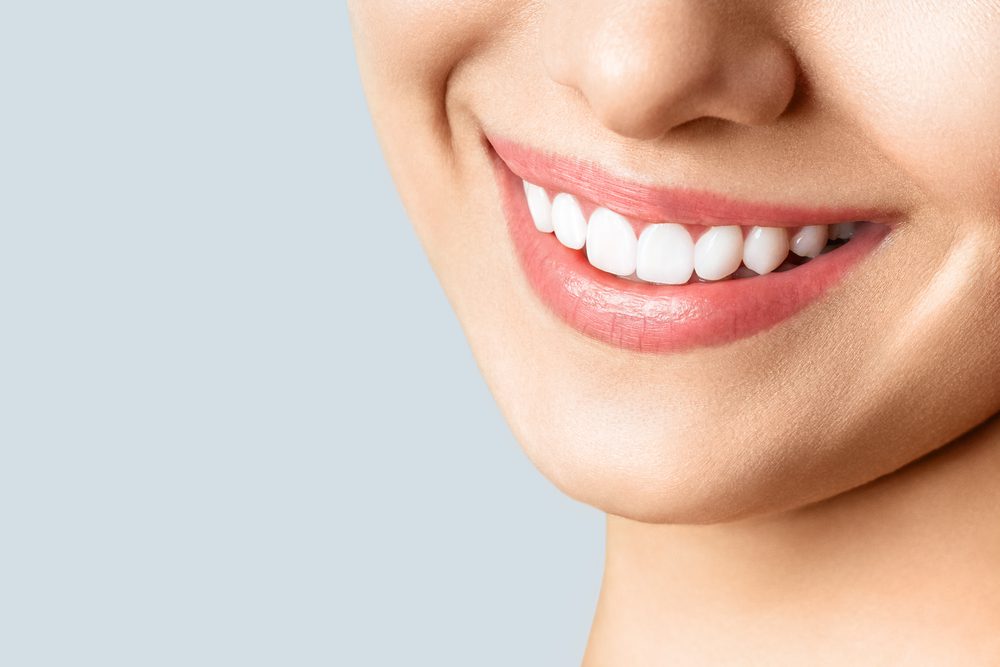Hair loss in women is common, but should you worry about it?
If you’ve ever ended up with a handful of hair in the shower, you’re familiar with the panic that this can instill. Suddenly, you’re in front of the mirror, analyzing the ratio of hair to scalp on your head. Could you be losing your hair? Is there any more scalp on display than before? If your part is getting wider?
According to experts, hair loss in women is something common, especially when they get older. A 2022 study found that 52% of postmenopausal women had hair loss or hair thinning.
While some hair loss in women is normal with aging, excessive or sudden hair loss, bald patches, and hair loss that accompanies flaking, itchiness, or rash are not. Those can be signs of more serious issues and should be evaluated by a doctor.
While some hair loss in women is normal with aging, excessive or sudden hair loss, bald patches, and hair lorss that accompanies a flaking, itchiness, or rash are not. Those can be signs of a more serious issues and should be evaluated by a doctor.
An accurate diagnosis is important because the treatment can vary significantly depending on what is causing the problem. If you’re dealing with hair loss and can’t pinpoint the cause, we’ve rounded up some of the most common reasons women lose their hair, but keep in mind that it’s important to talk to a doctor to figure out exactly what’s causing your hair to fall.
Without further ado, here are some of the most common causes of hair loss in women!

1. Genetics
The most common cause of hair loss in women, especially those in their golden years, is called female pattern hair loss, or androgenic alopecia. According to experts, it’s the “lady’s version” of the genetic condition that makes men go bald.
Female-pattern hair loss is caused by inherited genes that force hair follicles to shrink and eventually stop growing hair. You may see that your part is gradually getting wider, that the hair near your temples has started to recede, or that your ponytail is thinner.
As with men, your genetics determine how severely the condition affects you. According to the American Academy of Dermatology, it’s rare for a woman to lose all of her hair.
Experts explain that, unlike men who get a blad spot or a receding hairline, hair loss in women is often more diffuse, where the hair on the entire area of the head is a little thinner.
A variety of treatments can help slow or stop genetic hair loss, including prescription medications, laser therapy, over-the-counter 5% minoxidil solution (Rogaine), and different types of scalp injections.
2. Emotional stress
Psychological distress can also cause hair loss in women. When this happens, it’s called telogen effluvium. According to dermatologists, the condition is common after divorce, a layoff, or the loss of a loved one. Hair loss is also common among caregivers due to the stress they are under.
Some experts talk about the three B’s that can cause hair loss: bankruptcy, breakups, and bereavement. Anyone dealing with huge stress in their life can experience hair shedding.
Dermatologists often refer those patients struggling with chronic stress to a mental health provider for treatment. The good news is that your hair can grow back once your stress is relieved or you figure out how to manage it.
3. Surgery, illness, or rapid weight loss
When your body is under physical stress—such as when it’s recovering from surgery or fighting an infection—you can end up with a lot of hair shedding.
What actually happens in this case is that the body can’t handle doing too many things at once. When there’s a stressful event, your body says, “I’m going to stop using resources for hair growth and focus on this illness.”
Generally, hair starts to fall out two to three months after the distressing event. You may even notice handfuls of hairs coming out when you brush your hair or shower.
In this case, hair loss in women can be caused by a bout with the flu or pneumonia, a large amount of weight loss, or a major surgery. The condition is called telogen effluvium. In fact, many people who’ve lost a lot of weight after taking certain drugs, such as Wegovy or Ozempic, experience hair loss.
Luckily, telogen effluvium caused by certain medications is temporary. Your hair should go back to normal in around six to nine months if you stop taking the medicine. If you want to speed up the process, you can use this hair growth treatment with rosemary oil.

4. Vitamin or mineral deficiency
Some studies have shown that a shortage of vitamin D, protein, iron, or other nutrients could contribute to hair loss in women. This may be because mineral or vitamin deficiencies deprive the hair of essential nutrients, weakening the hair structure and impairing normal hair growth.
Iron deficiency, in particular, has been associated with hair loss in women, who are more likely to deal with this deficiency. If you notice hair loss, dermatologists recommend, as a first step, talking to your health care provider and asking them for a basic blood test to check for nutrient shortages.
Experts point out the fact that it’s not necessary to take a supplement unless your doctor prescribes one for you. In fact, getting too much of certain nutrients such as vitamin A, vitamin E, and selenium may produce the opposite effect and result in hair loss.
Keep reading to discover other common causes of hair loss in women!
5. Thyroid imbalances
Your thyroid is a butterfly-shaped gland located at the base of your neck. It plays a key role in multiple bodily functions, including the development and maintenance of hair follicles.
The thyroid is like the driver of our body in many ways. The hormone it produces is also very important. If the thyroid hormone is low, it will mimic a state similar to chronic stress, so you can end up with some hair loss.
Research shows both an overactive thyroid and an underactive thyroid can contribute to hair loss in women. In fact, women are more likely to experience thyroid problems.
Thyroid issues can affect your mood, energy level, sleep, and weight. But because the signs are often subtle, hair loss is sometimes the first symptom women notice.
A simple blood test can check for any imbalances of the thyroid hormones in your blood, and medication can treat an underactive or overactive thyroid. The hair loss should be gone once you treat the problem.
6. Alopecia areata, an autoimmune disease
Alopecia areata is a complex autoimmune disease that can cause bald spots and hair loss. When you have alopecia areata, your immune system mistakenly attacks your hair follicles, causing the hairs under your skin to fall out.
Usually, hair falls out in small, round paths around the size of a quarter. In some cases, the amount of hair lost can be very extreme.
There’s no cure for alopecia areata, but fortunately, new medications can help restore hair even when the autoimmune disease is severe.

7. Scarring alopecia
Hair loss in women, but also in men, can also be caused by scarring alopecia. This is a disease that often occurs as a result of an inflammatory or autoimmune disorder that kills your hair follicles and replaces them with scar tissue. It can be particularly devastating, as once the hair follicles are destroyed, you can’t get the hair back.
One common type of scarring alopecia is when the condition affects the eyebrows and the front hairline first and eventually works its way toward the back of the head. Some people with scarring alopecia also experience pain, bumps, or itching in the affected area.
Scarring alopecia is generally diagnosed with a biopsy. According to doctors, treatment should be immediate and aggressive.
8. Harsh hair styling or treatments
Sometimes, the way you treat your hair can affect the hair follicle and make the hair fall. Certain hairstyles can cause hair loss in women without them even knowing that this is the reason their hairline gets thinner.
If you often wear your hair in a tight bun, ponytail, or braids, if you often wear a weave, if you subject your hair to frequent heat styling, or if you get regular chemical treatments, you can cause breakage and hair loss that can get permanent if the behavior continues.
When it comes to hair care, a rule of thumb is that less is more. Experts recommend not wearing tightly pulled styles every day and choosing ammonia-free hair color if possible.
If you liked our article on hair loss in women, you may also want to read 9 Life-Threatening Diseases You Can Get from Stress.

























